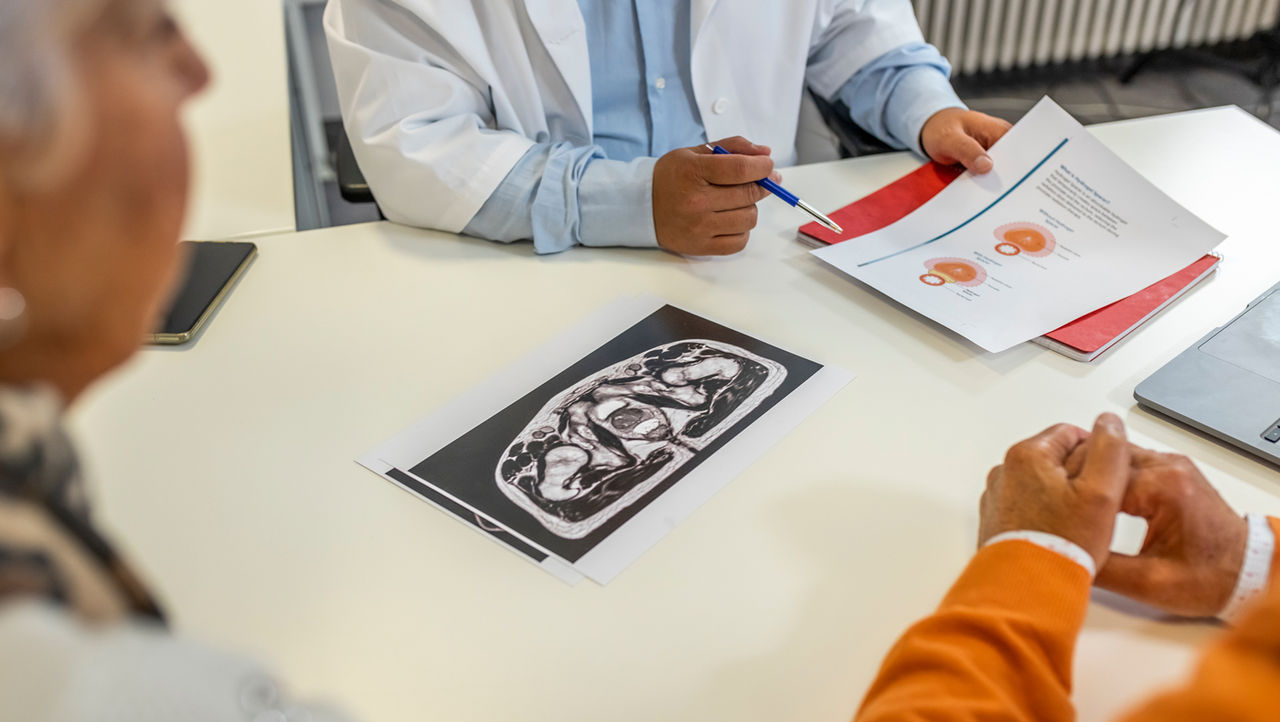
A diagnosis of prostate cancer can be life-changing, but there are treatment options that can help preserve your quality of life during and after treatment.
Make an informed decision about prostate cancer treatments
When things feel uncertain, it can help to know you have control over your care. Your doctor will help you to understand which prostate cancer treatments may be suitable for you based on the stage and grade of your disease. They’ll explain what’s involved and what you can expect from each treatment type, so together you can make an informed decision about your next steps.



